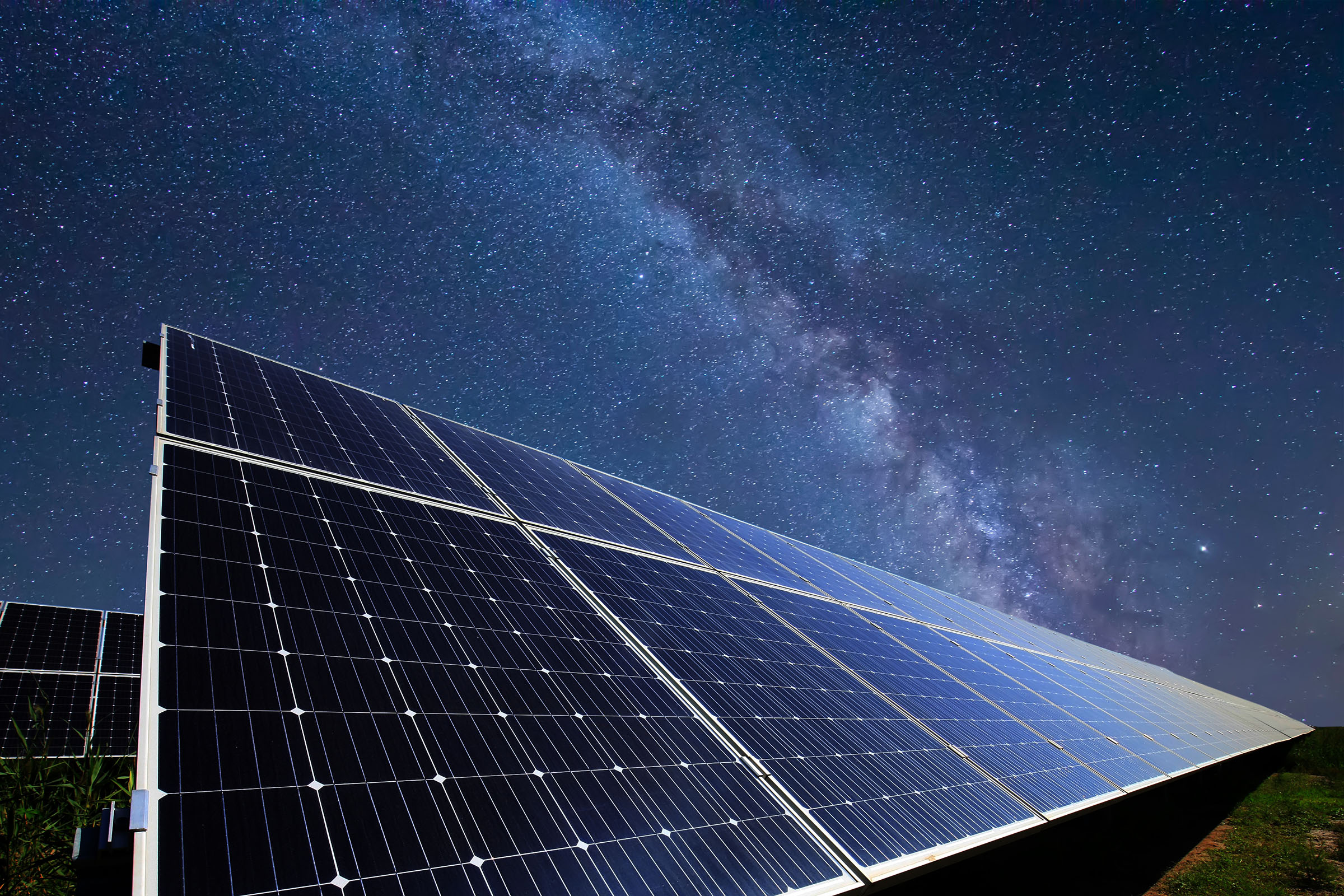What if you could turn concrete into a viable and effective energy storage option? While that might seem a bit out-of-this-world, that’s exactly what MIT researchers have managed to do, according to reports from New Atlas. A paper on the new concrete supercapacitor is also available in the Proceedings of the National Academy of Sciences (PNAS).
According to this research, MIT researchers were able to take an idea from 2021 – which said that you could store useful amounts of energy in concrete – and scale it up effectively by simply adding a single additive to the concrete mix. The mixture thus became a combination of concrete, water, and carbon black.
When combined, the three components allowed the researchers to create an energy-storing concrete supercapacitor that was easy to scale up, with it only requiring a change from “1-millimeter-thick electrodes to 1-meter-thick electrodes” to go from powering simple things like LED lights to full-blown buildings and homes.

Further, because many homes are already built on concrete foundations, it’s a system that should be able to easily scale up and at the least negate some of the cost of the power consumption that homeowners are already undertaking through normal electricity bills.
It’s an intriguing idea and one that bodes well for the future of building and architecture, especially given that the researchers say a 1,589-cu-ft block of the concrete supercapacitor would be capable of storing up to 10kWh of electricity, roughly a third of the energy needed to power a home.
From there, it could also be paired with next-generation solar panels, and since concrete is available everywhere, it wouldn’t be hard to incorporate it more widely. However, it’s unclear at the moment just how effective this type of concrete would be outside, where it could get wet, so the experiment certainly requires some more thought and testing before widespread use.








